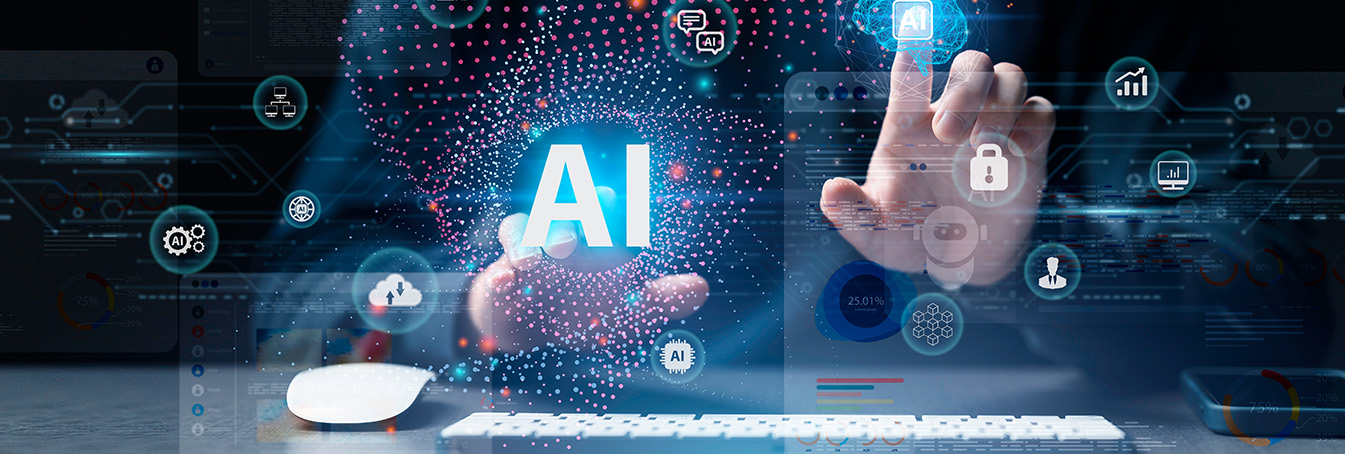Artificial Intelligence Day on July 16 invites a fresh look at an evolving reality: AI and mainframes are no longer at odds. Instead, they’re allies in modern enterprise innovation.
AI and Mainframes: Misconception or Modern Reality?
Artificial Intelligence (AI) and mainframes are often seen as technological opposites. AI evokes innovation, agility, and cloud-native systems, while mainframes connote stability, tradition, and legacy – not to mention age differences.
Fortunately, modern hardware and software can now routinely dispel that notion. Mainframes aren’t just compatible with AI; they’re often the ideal platforms for the large-scale, secure, and real-time data processing required by modern AI applications.
AI and mainframes aren’t in conflict. They’re complementary.
How Mainframes Evolved to Support AI Workloads
Mainframe evolution also benefits AI, as AI-specific co-processors can efficiently run machine learning and deep learning. On mainframe platforms, developers can deploy AI models directly using TensorFlow, PyTorch, and ONNX. Hosting LLMs securely and at scale on these systems marks a significant milestone.
Why Mainframes Are Ideal for Scalable AI Integration
- Data Proximity: When AI runs directly on the mainframe, where mission-critical data already resides, it eliminates the need to move vast volumes of sensitive data to external environments for processing. The proximity dramatically reduces latency and strengthens data security and compliance. It also means AI models can operate on live, transactional data in real time rather than relying on delayed data pipelines.
- Reliability: Mainframes deliver > 99.999% uptime. Compare that to many cloud providers that offer a 99.9% availability guarantee. A 99.9% uptime service level agreement means a business could lose 8.76 hours of downtime a year, or about 10 minutes weekly. With mainframe reliability, it’s less than six minutes per year.
- Security: Mainframes offer built-in, hardware-level encryption and fine-grained access controls deeply integrated into the system architecture. These features ensure that data remain protected both at rest and in transit.This minimizes exposure to breaches or unauthorized access. Also, by enforcing zero trust principles, mainframes help organizations meet strict regulatory requirements such as GDPR, HIPAA, and PCI DSS. This level of native security and auditability makes mainframes a trusted foundation for deploying AI in highly regulated industries.
- Real-Time Processing: Mainframes are uniquely equipped to handle high-throughput transactional workloads with ultra-low latency, meaning AI models can operate on data as it is generated. This real-time capability allows organizations to make immediate, intelligent decisions without waiting for batch processing or data transfer.
Mainframes are not only compatible with AI, but are often the ideal platform for large-scale, secure, real-time data processing required by modern AI applications.
Modern AI Use Cases on Mainframes
Whether it’s for instant fraud detection, personalizing an offer during a customer interaction, or recalculating deliveries already in motion, mainframe-based AI can create faster responses with greater precision. It’s already happening.
- Automated customer service via NLP chatbots
Enterprise chatbots like the IBM watsonx Assistant for Z enable users to issue commands, view alerts, and interact naturally with the mainframe using Slack or Microsoft Teams. - Real-time fraud detection during transactions
The IBMz17 mainframe, with its Telum II and Spyre accelerators, can perform millions of AI inference operations per second, enabling sub-millisecond fraud detection directly on transaction flows. - Predictive analytics for logistics and operations
AI-driven predictive modeling enhances decision-making and operational performance by applying it to live transaction and operational data held on mainframes. For example, global shipping company DHL uses AI optimization to reduce vehicle breakdowns, change routes based on traffic and weather, and fully use its fleet. - Intelligent automation in finance and insurance
Firms are leveraging generative AI and sophisticated tooling to modernize workflows, streamlining claims processing, underwriting, and compliance while preserving security and legacy integration. An insurance company automated its claims-part identification process, using a large language model (LLM) to read claim descriptions, determine the required components, and automatically process most cases. It reduced manual effort by over 90%.
Mainframe Modernization: Breaking the Legacy Mindset
The barrier to imagining mainframes and AI together is mindset, not technology. Modern mainframes are open, extensible, and ready to power today’s advanced workloads. Shifting this perception can and will enable businesses to harness mainframes for faster, more intelligent, and more secure decisions.
AI and mainframes aren’t in conflict—they’re complementary. With unmatched robustness, data integrity, and security, mainframes can be a reliable and strategic foundation for next-generation intelligent applications.








“Nice read! Yes, AI and mainframes are proving to be a dynamic duo reshaping enterprise intelligence and shattering the legacy myth.